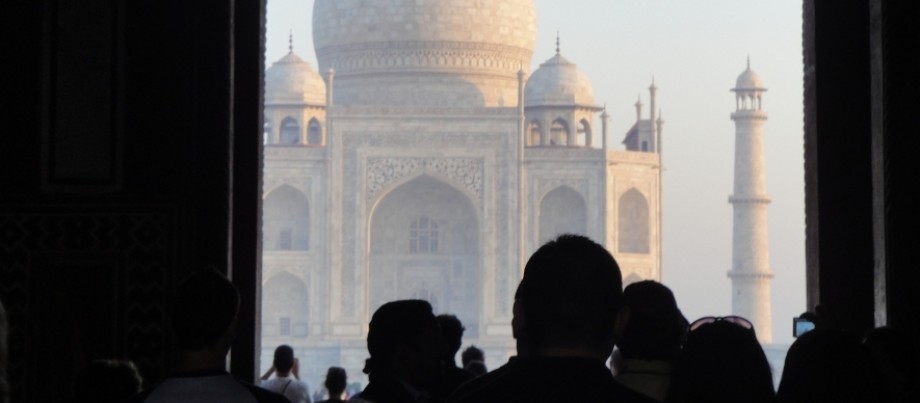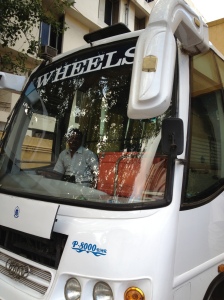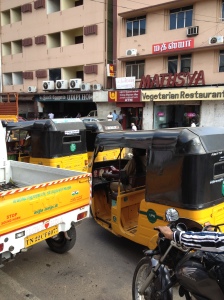One of the most impressive aspects of our trip to India was the amount of talent that was present in the people that we met during our numerous company/government/village visits. We all know India as a nation that produces leading edge IT systems and engineers. When it comes to IT, the world knows the ingenuity of Indian engineers.
India has 350 universities, 18,000 colleges, and 6,000 industrial training institutes (ITIs). Out of the 2.3 million graduates, approximately 500,000 are technical graduates in the IT field. The National Association of Software and Services Companies (NASSCOM) estimates that 75% of the 500,000 IT graduates are not easily employable and 90% of the 2.3 million graduates are considered unfit for employment.
The first problem is the mismatch between students’ salary expectations and companies’ offers. It’s interesting to see the same issues that I saw during my undergraduate days among my peers in engineering. I also remember rejecting several job offers with low compensation being the main reason. When the media publishes 80 lakh offers made by companies like Samsung (approximately $146K US) and six figure offers in Silicon Valley straight out of undergrad, it’s hard not to set the bar as high as your peers.
The second issue is the lack of essential disciplines offered at these institutions, many of which employers highly value. Some of these essential disciplines include agriculture, biotechnology, and human resources, but a larger issue lies in the practicality of the courses taught at the institutions. There is a certain need for modernization of the curriculums of the majors offered at these schools. For example, a general feedback given to my undergraduate institution was that many students lacked effective communication skills. Therefore, the school integrated a mandatory communications course into the engineering curriculum. Apparently, many companies in India are facing the same problems when employing engineers in India so the educational institutions will need to address this issue.
The third problem is the students’ preferences to work in IT and the lure of IT salaries and the resulting skew of human capital in IT compared to other industries. Currently, 500,000 graduates have degrees related to IT out of the 2.3 million graduates per year. This means that approximately 22% of the people who have successfully completed post-secondary education want to go into IT. Despite the supply in IT, there is a huge demand for professionals in other industries such as civil engineering. During our trip to India, we saw the need for developed infrastructure to both better the lives of Indian citizens and help businesses overall. Civil engineering firms can tackle this issue with enough relevant human capital in this field. Other demands for professionals include cyber lawyers, nutritionists, paramedics, human resources professionals among many others. If India can motivate people to work in a more diverse range of industries, a well-developed India, not just IT India, may not be too far off from the present.



